By Jill Chivers
Being part of developing 16 Style Types has been a professional and personal dream come true for me. In this article, I’m going to share with you part of my journey in being part of the 16 Style Types team, and how that intersects with other parts of my style journey, including the “darker” parts.
The darker parts of my style journey include an overshopping problem which I turned around by taking radical action – taking a year without clothes shopping. And this part of my style journey has intersected with the 16 Style Types part of my journey because both involve shopping.
For some time now, I’ve wanted to explore how my problems with shopping could comfortably sit alongside the Style Types project. Were there any conflicts? Was I turning my back on the principles so hard-won during my year without clothes shopping? Was I in inadvertently or in any way encouraging women to shop too much?
This is a personal reflection on these parts of my style journey. It’s a little different from many of our other blog posts in that way.
But as I’ve learned, there are many (many, many) women who have struggled with developing a healthy relationship to their shopping, and who also have a deep desire to be stylish on their own terms. In sharing this part of my style journey, I may be able to hold the light for someone else who has struggled with similar things to me, and to offer some support and hope that we are never, ever, alone.
I’m Hooked
I was introduced to the Psychological Type theory early in my career as a corporate facilitator, and have used it ever since, in my professional and my personal life. I fell deeply in love with Psychological Type as a model for understanding oneself, and for getting a foothold into understanding others, especially those who are very different to ourselves.
I sometimes can’t imagine how anybody has any kind of successful relationship with others without knowing this stuff about our innate personalities and what makes us tick. It sure has made the world of difference to me in navigating through challenging relationships and confusing interactions, and in understanding my own contributions to those situations because of my innate personality preferences.
I’ve always been interested in clothing, style, and colour. I nearly wore the print off the first book about style I ever laid my hands on – it was a fairly simple book on colour, and I spent hours trying to work out my own personal colouring according to this book (I worked out I was probably Warm and possibly Light… both turned out to be true, as I later learned). Even earlier than that, my Barbie Dolls had tortured lives and extensive wardrobes, furnished by my grandmother and her patience and excellent sewing skills.
My interest in style was so strong that I became a Certified Image Professional (CIP) through the professional association for image consultants (AICI) in 2000, which was, perhaps not so coincidentally, the same year that I became a certified Myers Briggs Type Indicator® (the MBTI® is one of the world’s most used Psychological Type instruments) practitioner through the licensing organization, California Psychological Press.
What’s The Connection? Personality and Style
From that moment on, I was intrigued by the connection between personality and style. I knew there had to be something that connected these deep principles about our personalities — Psychological Type — and our style. Nobody had made that connection — lots of practitioners were using Type to help people understand themselves and others better…. many professional image consultants were helping people understand their style and become more stylish… but nobody had connected these two powerful concepts and tools.
I wondered what it would be like to be part of a team that made that connection. I talked with Type practitioners and with image consultants over the years… quite a few were interested in what the connection might be, but none were ready to commit to a project to develop it.
Meeting and working with Jane and Imogen separately over many years, then bringing them together on this project has been a huge accomplishment for me.
Discovering the connection between the 16 Types and personal style, in an intelligent and relevant way, as we’ve done with our Style Type Reports and self-discovery process, has been deeply satisfying.
But before all of that, I was travelling a style pathway that had its own ‘light and shade’ to it, and I’d spent quite a bit of time out of the light.
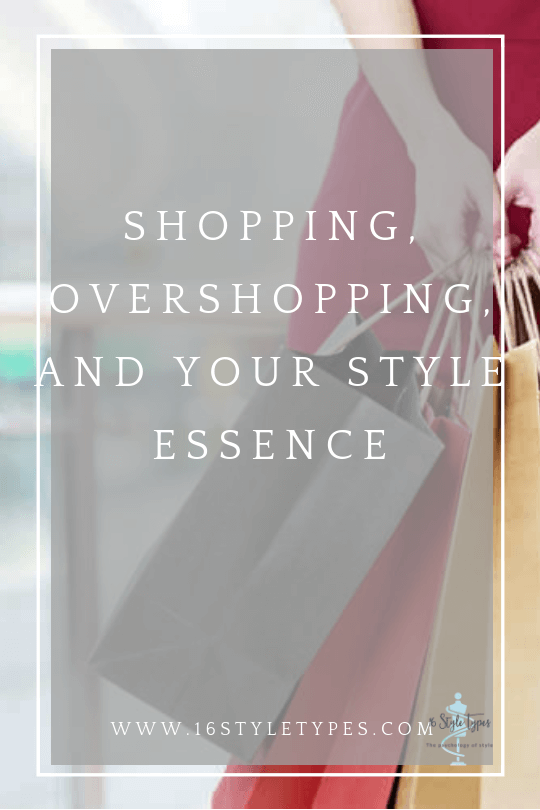
Not So Healthy Shopping
I didn’t know that overshopping problems existed until I confronted my own. And even today, if you read or watch anything online about overshopping, there’s a fair smattering of both sceptics and hecklers who will denounce overshopping as yet another fad in our “addiction” obsessed society. I once participated in a 5-day focus on unusual addictions for a Sydney-based radio program, and the producers were full of amazed that any of us existed – someone could become addicted to Facebook, for example, or, in my case, shopping.
Although to be completely accurate, I have never identified myself as a shopaholic. That’s a term in such popular use that you can’t avoid having it applied to yourself if you stand up in this space of over-doing shopping, so I’ve had to live with it as applied to myself and my shopping behavior.
My shopping behavior became obvious as something that was not healthy for me, and not serving me in my life, in late 2009. The realization that I was shopping too much, that shopping was taking up far too much of my time and my precious attention, let alone the money I was spending on buying things I really didn’t need and could happily live without, was shocking.
The response to this shocking realization was to take action. And the specific action I chose to take was to take a year off from clothes shopping. To abstain for 12 months from purchasing any clothing, accessories, and anything appearance-related.
That year changed my life. It changed my attitudes and my behaviour toward shopping. I learned much about the field of overshopping, and met many amazing people including thought leaders and authors in the field of overshopping, and other courageous women seeking to slay their overshopping dragon and put shopping in its rightful place in their lives.
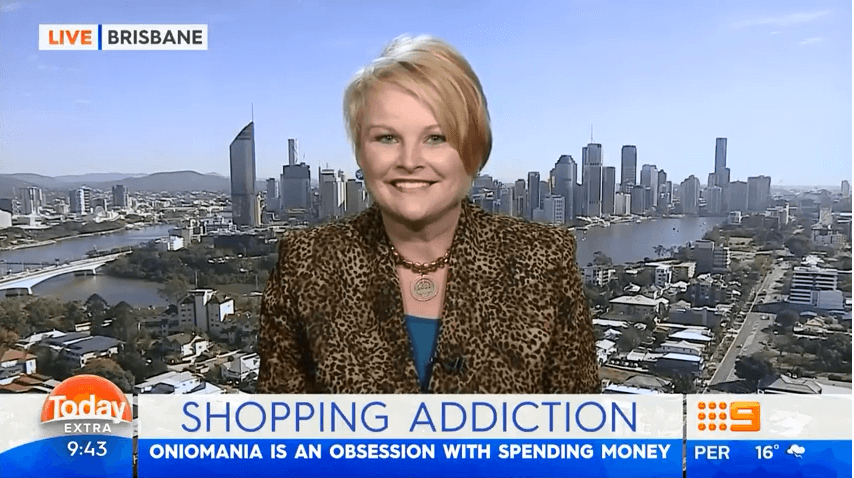
Appearing in the media discussing overshopping and its devastating impact
Overshopping and Emotional Wellbeing
One of the biggest prices that overshoppers pay for their attitudes and behaviors around their unhealthy shopping is in emotional currency. Overshopping causes stress and anxiety, it can cause severe emotional upheaval from the acute “spiked” emotions of guilt and shame following a huge shopping ‘haul’, to the less obvious but no less insidious chronic emotional disturbance that something is simply deeply wrong with your shopping.
The burden that overshoppers carry is often compounded by the lack of understanding about this issue. In general, sceptics abound that such an issue could even exist, let alone terrorize the people who suffer from it. I’ve read many comments online, often in response to media appearances I’ve made, where people scoff at this issue, and the people who are brave enough to come forward to share their experiences.
It’s hard to imagine anybody scoffing at a courageous soul who shared an eating disorder, or an anxiety problem, or an addiction to gambling, for example (all issues that are in some way associated with overshopping). And yet, shopping — the “smiled upon addiction” – is too often treated this way.
Specifically, I have met women who tell me I am the only person on the face of the globe who truly knows the extent of their shopping problem, because nobody — but nobody — in their life can be trusted with this very personal and powerful information about them. Nobody would understand, perhaps they’d be mocked, or blamed, or shamed. And truthfully, they’ve got enough of that going on already without people who supposedly love them adding fuel to that particular fire.
What Love Has To Do With It
Overshopping is related to not liking yourself, perhaps even experiencing self-loathing, either acutely or chronically. Self-dislike and self-loathing are insidious and toxic, robbing the sufferer of all joy. If it’s a chronic thing, it becomes inescapable, where everything you do and every interaction you have is stained with the ink of your own dark emotions. There is no self-acceptance. There is no self-love. There is no feeling of self-worth. Not in any consistent, reliable, healthy way. There is just this vile circular self-obsession.
I have struggled with issues of self-loathing, and I wouldn’t wish it on my worst enemy.
I was fortunate enough to be chosen to share this part of my story for a short documentary, which was called Preloved. You can watch it here. This was a very powerful experience for me, and watching this piece was (and sometimes still is) painful. For the first few years, after the documentary was made, the video was on an ‘inside’ page of my website. Now it sits on my Home page.
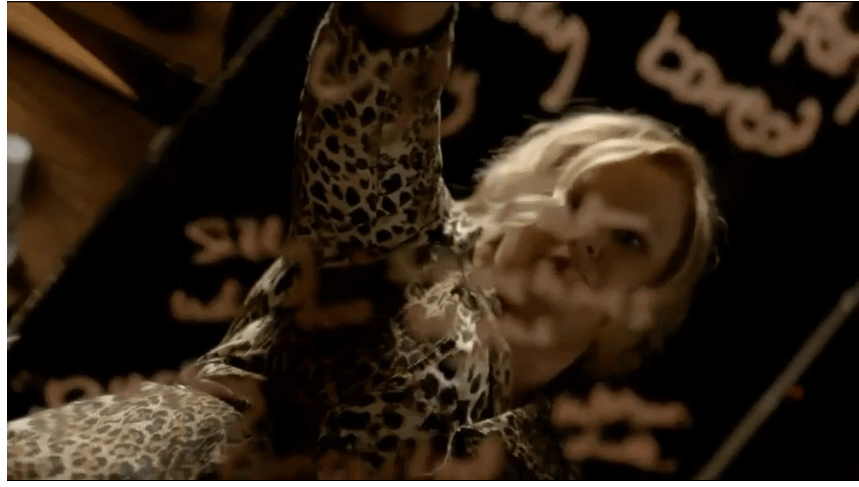
Being the focus of a documentary, Preloved, was a once-in-a-lifetime, extraordinary experience
The Way Out
For many overshoppers, the way out of the dilemma starts with recognition – that you have do, indeed, have an overshopping problem. Acknowledgement is the first step, sometimes the most powerful one. But as necessary as it is, it is not sufficient.
What needs to follow swiftly from acknowledging the problem is the desire to rectify the imbalance. A motivation to put shopping in its rightful place in your life and to develop a healthy relationship to shopping. Easier said than done! This is where the lifelong process can really begin, and certainly, for many overshoppers I have met, this is indeed what it is – a lifelong process. Not a tick and flick, done.
Part of my own journey back to a healthy relationship with shopping was to tap into what I already had. This started with a “shop your wardrobe” focus, and was very practical in nature – I simply wanted to wear more of what I already had. Which was extensive, with a converted bedroom housing my large collection of clothing, shoes, and accessories.
But I quickly learned that “shop your wardrobe” was as much attitude as it was action. “Shop your wardrobe” became a catch-all concept to denote “enoughness“, a term I learned during my year without clothes shopping, and came to be very meaningful to me.
A huge focus of my own year without clothes shopping was learning to re-appreciate my style. Learning to reconnect with my style, and myself.
Developing some positive self-awareness and learning to like myself more were elements of this part of my journey, too. I’d forgotten, or perhaps more accurately, lost touch with, so many of my positive qualities. How funny I can be, how tenacious I am, how charming I’m capable of being, how much fun I am to be around.
Who I am at my core became central to my healing from a problem with overshopping. Reconnecting to my essential self, and claiming that in as full a capacity as I could. Healing was a coming home to myself.

Reconnecting with my love of flamenco is one strategy I’ve used to fulfil my need for social interaction and activity
Connecting Harmony Supported by Practical Details: The ESFJ Way
One of the other links to the overshopping part of my style journey has been to further explore aspects of my Style Type.
My preferences are for The Style Adviser ESFJ. The Charming Style ESFJ is concerned with external harmony first and foremost. This translates for many ESFJs, and certainly for me, into a variety of things:
Harmony with others
This is the #1 thing that makes my world sing when it’s working, and makes the world seem like a hostile barren wilderness-warzone when it isn’t. Fewer things make me unhappier quicker than some kind of discord with anyone, but especially those close to me or those who influence my experience of the world in some important way.
Overshopping filled a social need for me. Even though my interactions with salespeople were often not long or meaningful, they provided a ‘shot in the arm’ in terms of social activity, and because my shopping was so frequent, taking that out of my life was going to leave a bit of a hole. Finding other social things to do on a harmonious level was important. Fostering significant relationships also became one of my “love to do – apart from shopping” activities that made my year bearable…and successful.
Harmony with the environment
This is also a significant aspect for many ESFJs (and certainly for me) of life being worth living, or feeling like things are spiralling out of control. When there is a sense of order and organisation in my world, then I feel calm and happy. When there’s stuff everywhere, literally or figuratively, the world can feel like it’s starting to slip off its axis.
Overshopping had led me to have a very large wardrobe, so part of my “year” experience was to spend more time wearing the items I have, and enjoying them. Having my wardrobe organized so it was what I call a “wonderful, working wardrobe” was a huge enabler to allow me to “shop my wardrobe” and to get greater wear out of existing pieces.
I didn’t wear a single “duplicate outfit” throughout my year, and was able to significantly increase my wear-per-item quotient, getting even greater value out of my carefully chosen and curated wardrobe.
Out Of My Comfort Zone
Part of my “year” was spent in reflection and contemplation – something that as an Extravert, I didn’t feel a huge need for necessarily. ESFJs in general tend to require less time alone than other Types, and this is certainly true for me.
Deliberately placing space in between me and my shopping was one way that I introduced this reflection – this also showed up in practical strategies such as one I dubbed The Power Pause (which I still use to this day).
Another powerful form of pausing and reflecting was to introduce a range of contemplation questions into my world, drawing on these as required, and deepening my understanding of them by writing about them. Knowing that my propensity was (and is) for movement and activity, vs reflection and waiting, helped me to build these reflection strategies into my life without bogging me down or asking me to go too far outside of what I knew would work for me.
Going With My Strengths
Requiring a lot of variety within a self-determined schedule also meant that I had to come up with a range of other things to fill my attention and time with. Blogging twice a week on shopping was one healthy activity – not only was it a regular schedule I loved to stick to, but it also meant I was researching and thinking on topics that previously I wouldn’t have spent a lot of time on, and learning lots about overshopping and how easy it is to fall prey to it.
Clear expectations and concrete practical doable tasks are also a core need for me, and many ESFJs – it’s one of the things that makes us an SJ. Keeping a schedule of activities, including my writing, a morning routine, my work, and social time with friends and particularly my husband, helped keep me on track, feeling stable and secure.
It’s almost impossible to overstate how derailing and destabilising it can be to ESFJs, and all SJs, to be unharnessed by too much “open road”. Many SJs report that if they aren’t given a schedule, they will create one for themselves. And this was, and is, certainly true for me. Putting success structures in place was key to keeping me on track, and making me feel both safe and motivated – I could do this.
A Project Focus
Another key factor of my Type is having a need for closure and to finish things well, properly, and on time. Setting a personal challenge like a “year without clothes shopping” ticked that box, and gave me a definite end date together with clear parameters. There was never any doubt what I was doing (and not doing), and the timeframe I was doing it within. Hugely motivating and empowering to me, as an ESFJ.
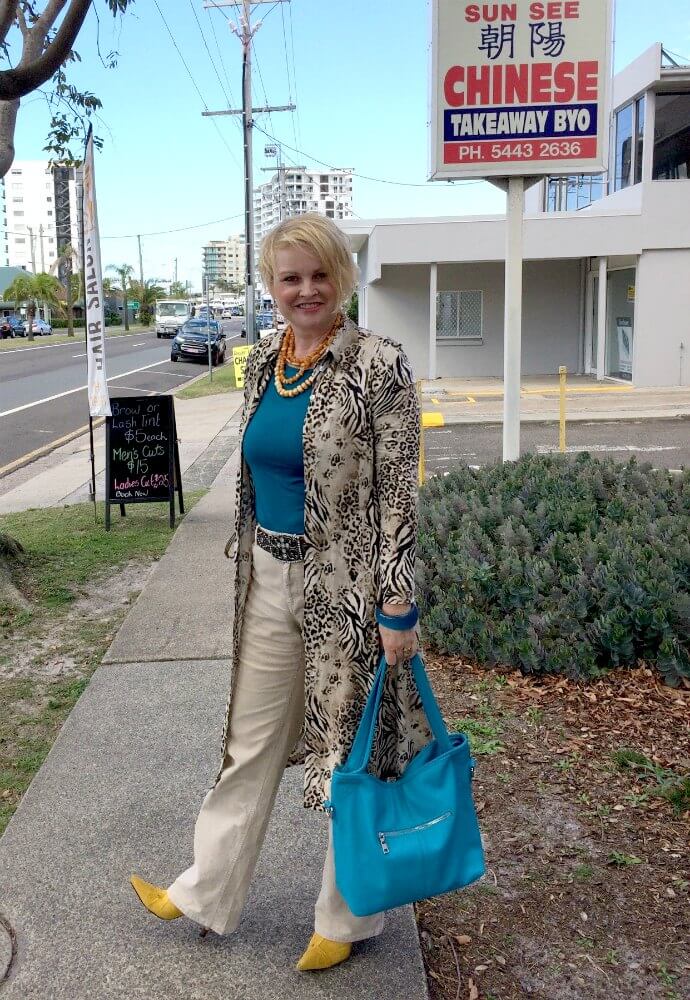
An ensemble made up almost entirely of pre-loved items – another deeply satisfying part of my style journey
What I Know About Shopping
My year without clothes shopping changed so much about my shopping attitudes and behavior. The goal of that year was to set some new neural pathways and some new approaches to my life so that shopping was placed in its rightful place for me. And that goal was achieved.
Does this mean I was “cured”? Well, I don’t really believe in cures of that kind. For me, my shopping issue is still with me, although I feel it is something I manage, and I often manage with some grace.
In general, I’ve learned a few interesting things about shopping:
- Not all women love to shop. This was one of the biggest myths I learned about during my “year”, and I was asked about it often, with the assumption being that all women, surely, love to shop. No, indeed: there are lots of women who don’t enjoy shopping, some even hate the experience, but many just find it necessary and a little dull even. Sure, there’s a good smattering of women who love to shop and find it an enjoyable pastime – but there’s a goodly few who do not.
- You can enjoy shopping without it becoming a problem. Not all women who find shopping a pleasant way to pass the time are shopaholics or have a problem with shopping. It’s a very personal relationship, a woman and her shopping attitudes and behavior. What is healthy for me may not be so for another woman, and vice versa.
- Shopping is necessary. We all need to shop, in some way, at some times. Unlike other addictive or unhealthy behaviours (such as gambling, drinking or drugs), you can’t simply eradicate shopping from your life if your relationship to it isn’t healthy.
- Shopping in itself is what I call a morally neutral activity. In and of itself, it is neither good nor bad, positive or negative. It is our relationship to shopping that determines how good and positive, or bad and negative that shopping is, or becomes.
- You can travel an authentic style pathway and have shopping in its rightful place, and in a healthy place, in your life. By encouraging women to travel home to their authentic selves and to chart then travel an authentic style journey, I believe that we, the 16 Style Types team, are encouraging women to put shopping in its rightful, and in a healthy, place in their lives.
Style Essence
This coming home to myself was, and is, where 16 Style Types meets this dark-turns-to-light part of my style journey. All of the aspects of learning to know yourself, learning to appreciate who you are, acknowledging your innate beautifulness – inside and out… This is exactly, precisely, what discovering your Style Type should do for you.
This is certainly one of the reasons I wanted to be part of creating the world’s first intelligent meshing of style + personality. Apart from my enduring interesting in both style and psychology, I wanted to help women to reconnect with who they really are. To tune out the insidious, toxic, harmful messages about who we should be, what we should look like, and how we should approach style, and beauty, and getting older.
Instead, to tune into your style essence, your innate personality, your natural beauty. To travel home to yourself, and your authentic style.
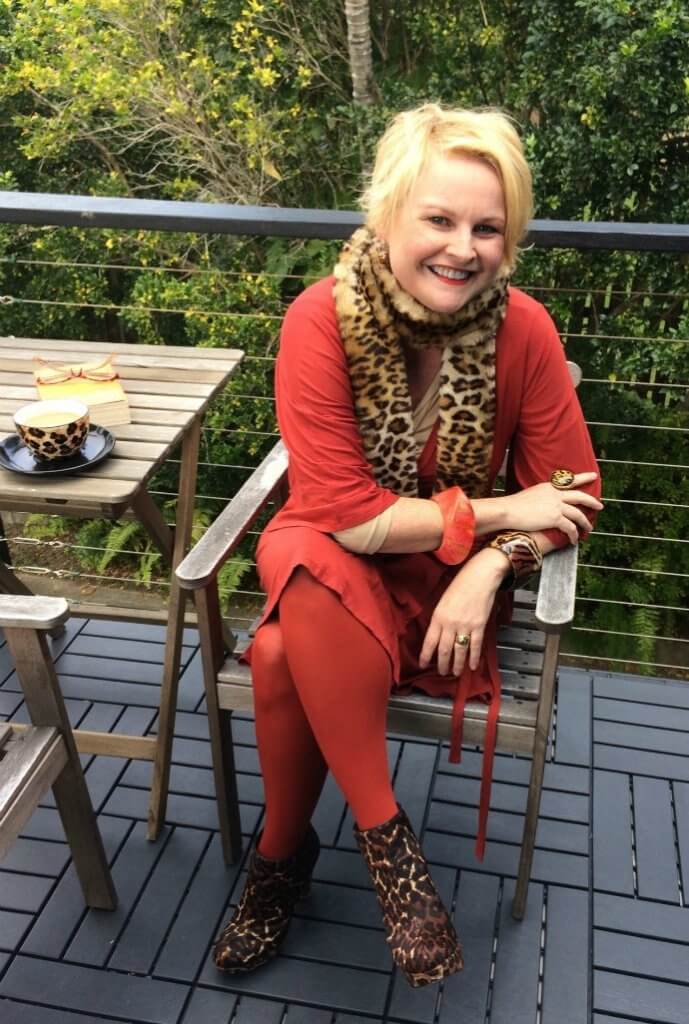
Your authentic style journey will be unique and personal to you – no other woman on the planet will share all aspects of what it is to be stylish on your own terms at this moment in time. Style is rarely static.
An Authentic Style Journey
I hope by sharing this personal account of part of my style journey that you are encouraged to tap into your own authentic style journey. That you realize that whatever your style journey has been in the past, you can create it now to be anything you want it to be.
It is never too late to come home to yourself, to learn more about who you really are, and to express that with your style in a way that is authentic, unique, and beautiful to you.
Only you can chart and travel your authentic style journey. Our privileged role here at 16 Style Types, is to hold the light for you as you find your style pathway and reconnect with your style essence.
Further Reading About Me and My Overshopping Struggles
More about me here.
My 12 month “Year” was chronicled in twice-weekly blogs, you can read them here.
Five reasons to stop shopping.
How a shopping hiatus can help.
Further Reading on Shopping Addiction
Why Nothing Will Ever Feel Like Shopping.
A blog post I am most proud of: Give Up or Go On: 8 Unorthodox Ways For Handling The Struggle.
My Way of Dealing With Shopping Addiction.
Further Reading on Overcoming Shopping Addiction
These Shoes Will Never Love Me.
One of my all-time successful shopping strategies, The Power Pause.
Learning to reflect – Defining Moments and Powerful Choices.
A Quick Question That Could Save You Hundreds.
Shopping and the Six Human Needs.
10 Simple Truths About Shopping.
Further Reading On Authentic Style
The No.1 Key To Finding Your Authentic Style
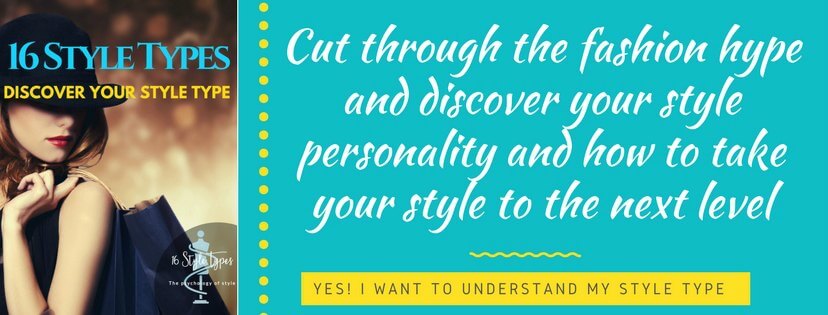
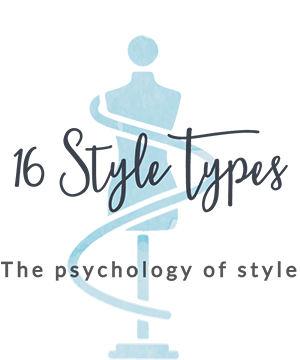
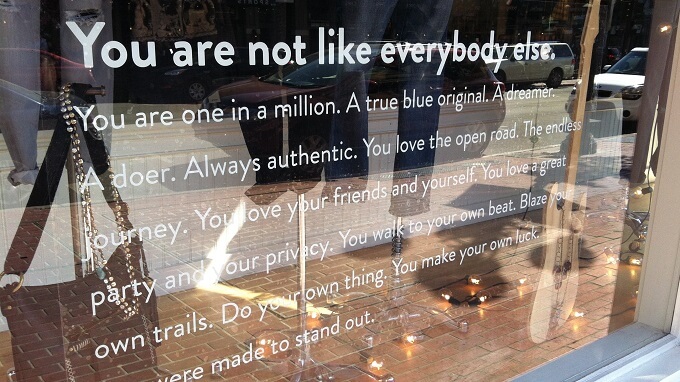
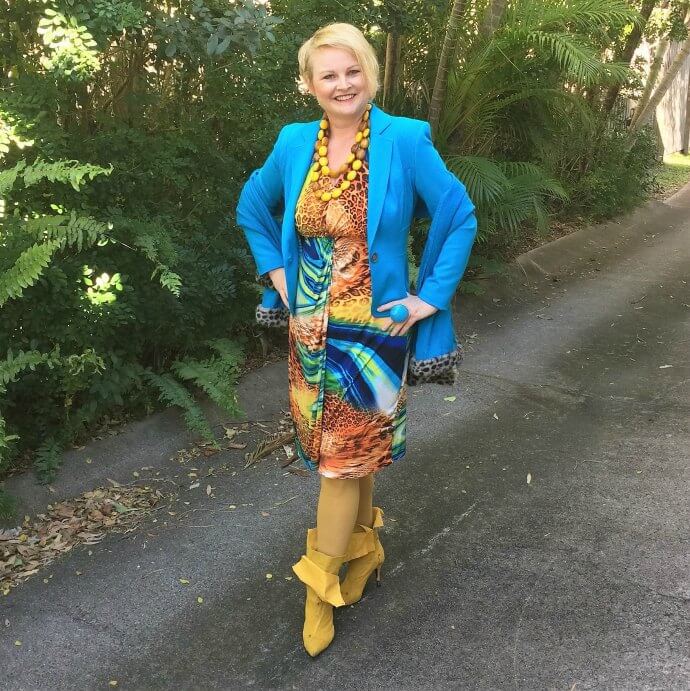
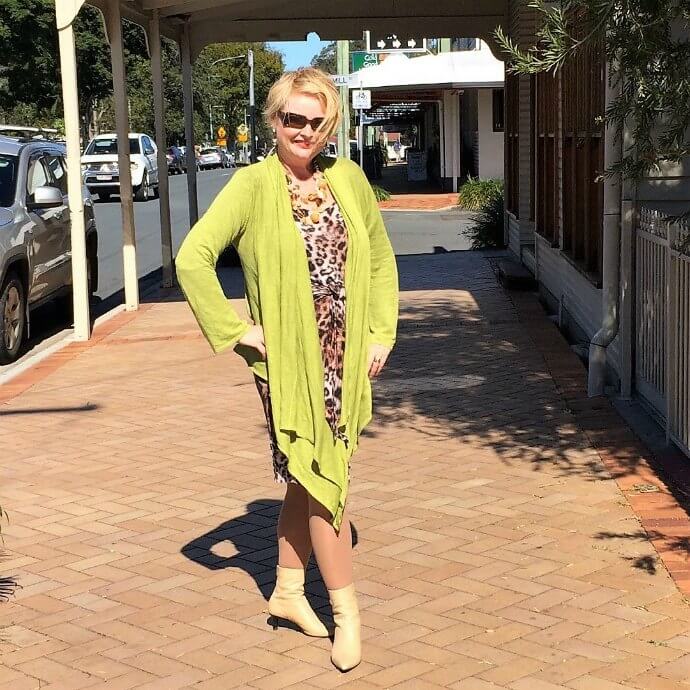
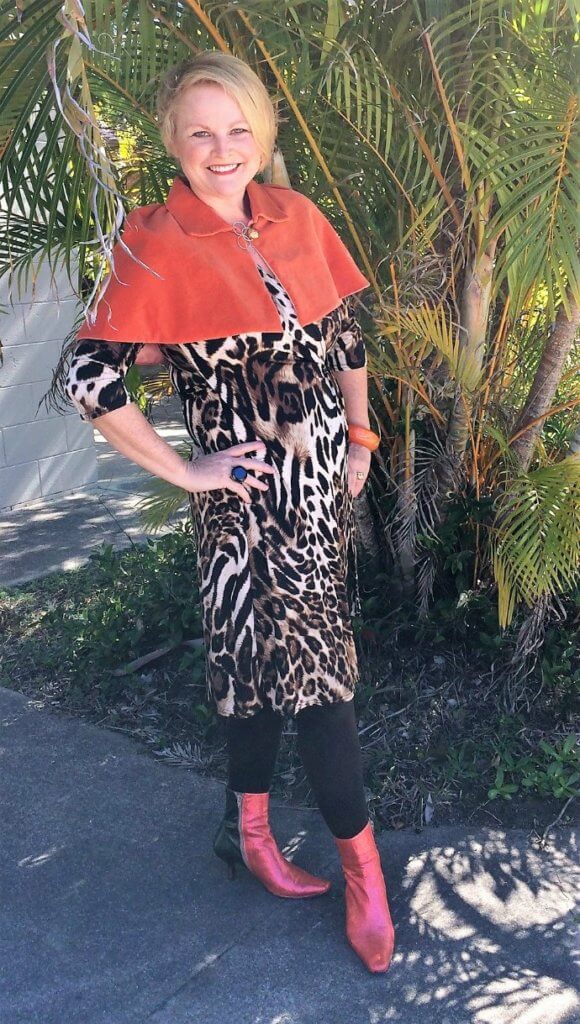
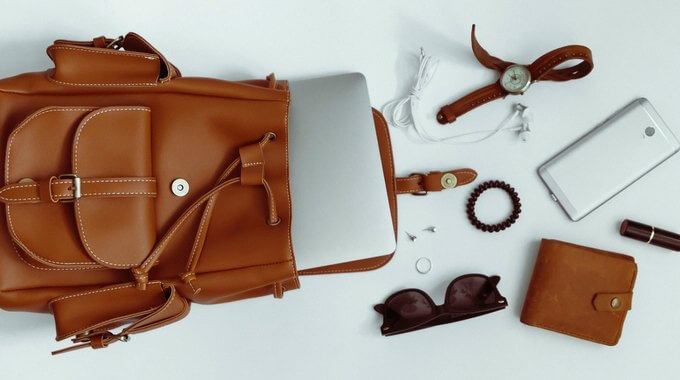
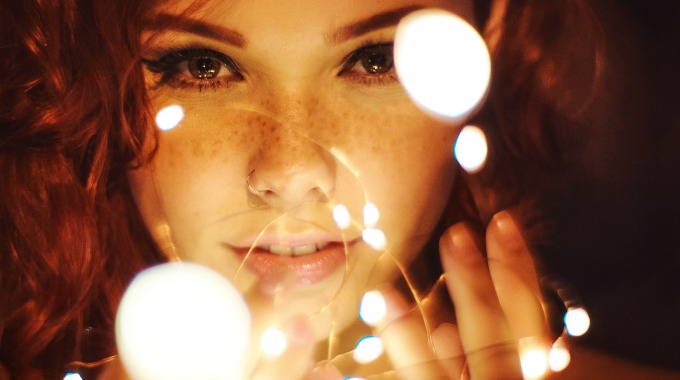
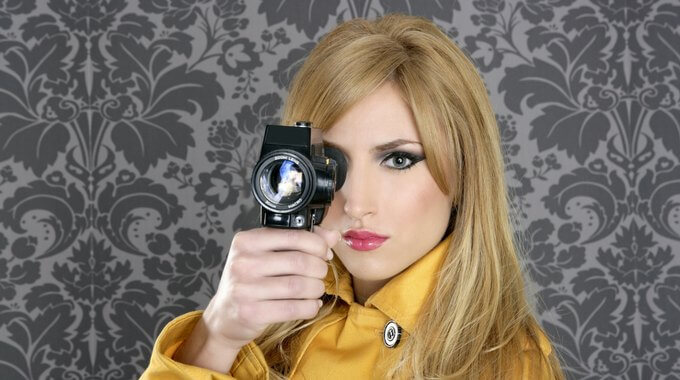
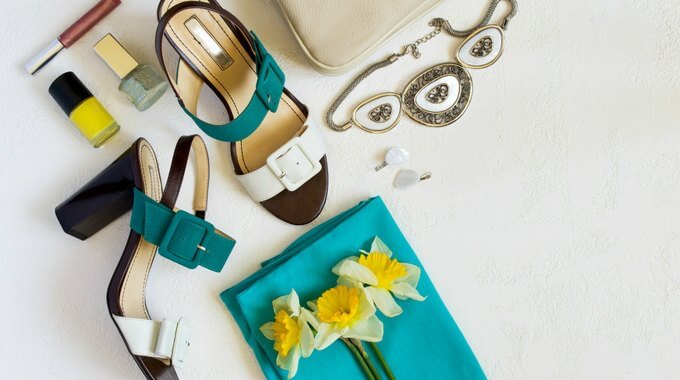
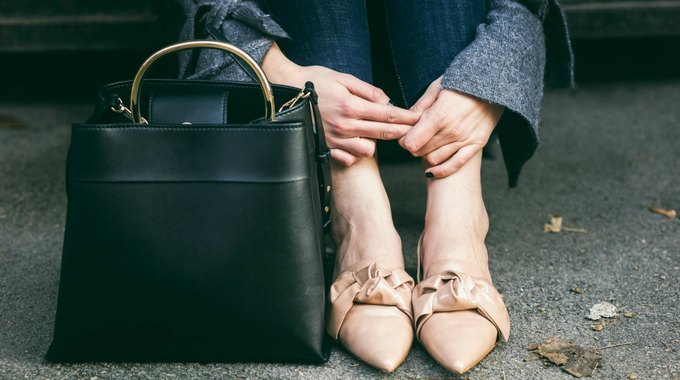

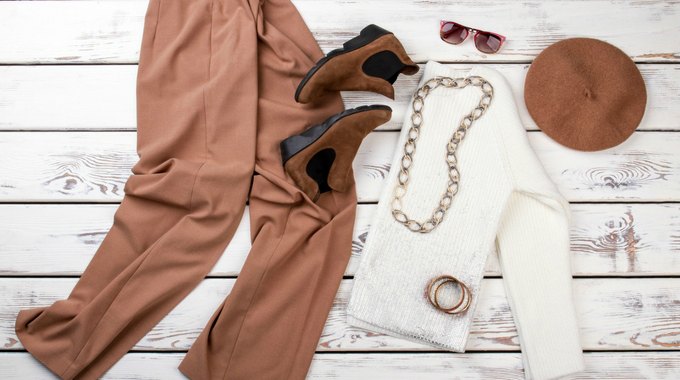
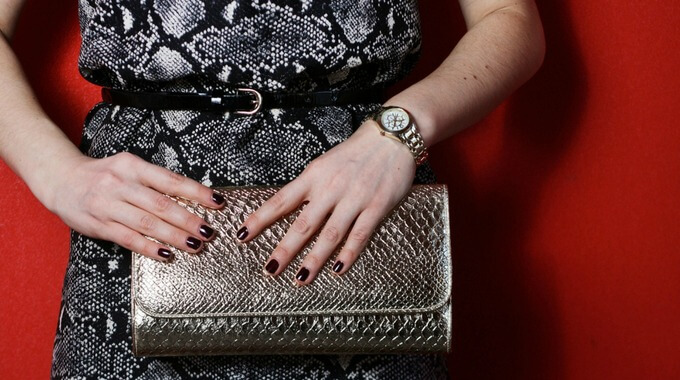
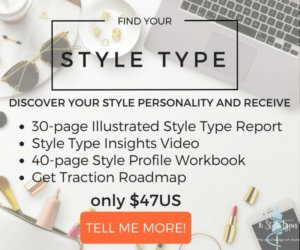
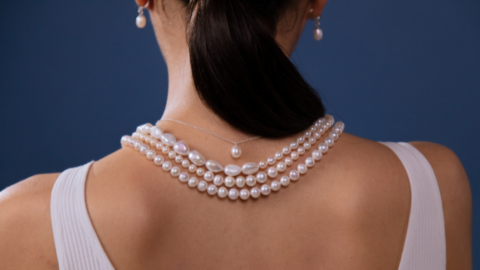

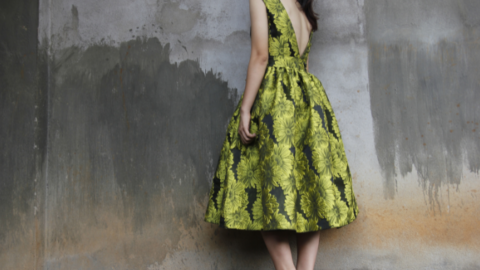
As a fellow ESFJ what you wrote really resonates with me. Harmony is such a key ingredient to my well being and I never realized it till doing 16 Style Types. I also believed everyone had the same need for harmony as me and clearly other types do not need it to the degree that I do. Shopping for me is also about the creative stimulation it brings to my senses and I really need to channel and fill the void doing more constructive things with my time and ability. I’ve started the power pause myself and that helps tremendously. Was very intrigued by your list of contemplation questions, as a self analysis tool.
My last comment is about this statement. “It’s almost impossible to overstate how derailing and destabilizing it can be to ESFJs, and all SJs, to be unharnessed by too much “open road”.” A major aha moment for me and why as the year end approaches, I feel so compelled to “get my act together” for 2019. I’ve stopped having a schedule/plans/goals (other than my 5 day a week job) and it’s left me very unsettled. I need to create time blocks for reading, or creating something or doing charity work each day/week so that I organize my time with reachable goals and accomplishments.
Thanks Jill, printing this one out as a reminder!
hi Sara, thank you so much for your comment, it’s great to be able to commune with others of our own Style Type, we can gain so much from sharing together our experiences of travelling our style pathways, can’t we? I’m so glad you found this piece valuable, and it’s helped you to consider your own style, and life, pathway and what helps (and hinders) you. Type is such an enduring gift for understanding ourselves, others and how we are all operating in the world. I have found it invaluable in my life and relationships and interactions, and it has proven to be the ‘gift that keeps on giving’ in the style arena, too. So wonderful to hear the positive impacts it is having in your spheres, too.
Jill, the short documentary was so moving – I was so touched by your bravery in daring to reveal your vulnerability. Thank you.
As an INFJ, shopping isn’t my favourite way to spend time, but I still struggle with some of the issues you raise. I prefer quality over quantity, so wouldn’t call myself an over-shopper, but I do tend to shop in “batches”, so can end up spending hundreds of pounds at irregular, quite spaced out intervals, rather than spending a little every week, for example. I have yet to overcome the guilt that accompanies these splurges. Do I deserve this? Am I worth it? Who do I think I am? More inner work to do…….
Thanks Tracy, really appreciate your comment, and thank you for watching Preloved (the documentary I’m a focus of, linked to in the post) – yes, it took a great deal of courage to do, and is one of my most extraordinary life experiences. Yes, shopping and all its intricacies: so fascinating! Amazing how such a seemingly mundane activity can spark so much reflection, emotion, turmoil (at times), and insight into ourselves.
I appreciate those questions you ask – Do I deserve it? Am I worth it? What an intriguing idea: that a physical object or objects could be signify worth and act as a reward of some sort. This is something I have struggled with, and still struggle with… especially when it comes to image-related items, and what could be more personal than adornment for the body – clothing, shoes, accessories. There’s something about those particular purchases that can prompt another layer of feeling, thinking, contemplation.
For me, I have found that the intensity of my “year” has made way for a lower-level but nevertheless ongoing reflection about my shopping, and myself. I’ve come to believe my shopping issues will be with me for my lifetime, and I’ve made that okay – I won’t be “cured”, but I can learn to live with some grace and self-knowledge, and self-care, around this issue.
Hello Jill,
It takes a lot of courage showing your vulnerability as in your Preloved documentary. Brené Brown describes such persons as “wholehearted” and for me, you are the perfect example.
As an ENFP, I’m realizing that harmony isn’t a priority contrary to an ESFJ. It’s even a bit shocking as for me “interacting with people” is key – no matter how. What I’ve learned from 16 StyleTypes as well as from your blog “shop your wardrobe” is to set boundaries. Yep, I had to put in practice RESTRAINT – for an ENFP that’s the limit! Knowing that “possibilities” are in my DNA, I, finally, could understand why I am seeing beauty in nearly everything, anything or whatsoever. Finally, I’ve been able to implement boundaries in my style journey – it hasn’t been easy at all. Beautiful is not enough anymore, it has to fit into my life.
I got hooked by your sentence of “too much open road” – of course, there isn’t a too much open road for an ENFP. It may sound contrary to an ESFJ – although having a schedule I don’t stick to it automatically. If something or a better solution pops up – I will happily apply it. I understand now that it may appear as inconsistency or confusing for the other Style Types.
What I’ve also noticed, being, working, interacting with people is great but there are invisible barriers – I allow very little people to come close to me. And I’ve come to understand why this may be destabilizing for a lot of people.
Thank you Jill for your insight and provocative thoughts!
hi Catia, thanks so much for your wonderful comment, and appreciation of this post and the Preloved documentary. Yes, it’s so fascinating to learn more about other Types, and how they can differ at their very core to us. Although both ESFJ and ENFP are Extraverted and prefer Feeling, it’s quite a different experience and use of Feeling, which is what is so intriguing about Type. And of course none of us are “Types” but dynamic, alive people with many facets that make up who we are, not just our psychological DNA.
Yes, the “open road” issue – so fascinating! When working with teams and groups, it’s so fascinating to discuss this issue, which is often associated with the last letter of our Type code, our preference for J or P. And yes, of the many wonderful ENFPs I have known and worked with, the open road is what they love and excel at travelling! So many interesting (and legitimate) differences.
Thanks again for reading, and sharing here.
I know the out of control feeling very well.